
by Namini Wijedasa - With a victory margin of seventeen percentage points over his main contender, President Mahinda Rajapaksa ought to be confident of his future. Why then is he swooping down on the same media that he once actively courted in his quest to achieve political supremacy?
Since the election of January 26, the government of President Rajapaksa has become widely noticed. Not for magnanimity or pity towards its handsomely trounced political opponents but for a seemingly single-minded mission to quell its adversaries.
It could have been so different. With an enviable military victory behind him and seven years of power ahead, President Rajapaksa could have initiated his second term with fresh moves to reconcile the fractured polity; with action to translate positive macro-economic statistics into prices the public could afford; with reconstruction and other development activity; with overtures to the international community that would encourage assistance over censure and frustration; with a change in course that pointed to a strengthening of democracy rather than a further diluting of it.
But President Rajapaksa’s stunning victory over Sarath Fonseka was followed by the latter’s detention, the arrest of his supporters and a shakeup in the army. The police are tear-gassing pro-Fonseka demonstrations and there are signs of the media being restrained. The government has warned of internet censorship — even Facebook users are reportedly under scrutiny — employees of the state media with loyalties to the opposition are claiming harassment and President Rajapaksa has just taken over the ministry of mass media and information.
Eroded
The very freedom that had allowed President Rajapaksa to exploit his true potential as a politician (not for nothing was he called the “reporter” by Chandrika Kumaratunga) is being eroded with undue haste. And the world is taking note, with most editorials and articles focusing on negative post-election developments rather than wagering enthusiastically that the future under Mahinda Rajapaksa would be a bright one.
This would not be the first time that regimes here have attempted to control the media. But as a senior editor commented on condition of anonymity: “Back then there was direct censorship. It was down in black and white. They censored it and editors left blank spaces on their pages with a note ‘mey puwatha ballo kewa’. The reader knew the newspaper had attempted to write something but were not permitted to publish it.”
Now, this editor said, it’s not like that. “It is a more insidious thing,” he noted. “They appear to be slowly moving towards management (of the media). I think state media is irredeemable. They are all doing exactly what the government wants them to do. Where private media is concerned, there are some subtle pressures and many seem to be caving in. For instance, it is hard for a newspaper proprietor to say ‘no’ when a govt. higher up calls him regarding a particular story.”
On Tuesday, Sirasa TV did not report the arrest of Sarath Fonseka in their 6.30am news bulletin. The station’s widely-watched morning news usually carries the most important stories of the previous day or those that broke during the night. Fonseka was sensationally detained shortly before 10pm Monday. Sirasa used that story as part of its late night bulletin but did not say a word about Fonseka the following morning. Asked why this was, an employee said on condition of anonymity “maybe they were being extra careful”.
Tell your management
The question is... careful of what? The threat to media freedom today seems to come from unseen or less obvious quarters than it did in the past. This is no longer just about a criminal defamation suit or an idle threat to “tell your management”.
Now, journalists could die like Lasantha Wickrematunge, disappear like Prageeth Ekneligoda or be assaulted like many others. This is not to accuse the president of having these crimes committed — but only to point out that they happened on his watch and, rightly or wrongly, history will remember it that way.
Meanwhile, newspapers could be sealed, web sites shut down, editors and journalists could be detained under Emergency Regulations, television stations could be ordered to wind up or dismissed publicly as untrustworthy. Proprietors could be given direct instructions to withhold certain information or to angle their publications a certain way. Journalists also face the danger of being personally discredited, of being accused of taking money from foreign governments or NGOs or from other sources to conspire against the country. State media is exclusively reserved for supporters of the government or those who don’t oppose it.
There is a perceptible intolerance of dissenting views and an almost tangible move to keep information from the public that is unfavourable towards the ruling regime. There are also efforts to swamp the public with a relentless stream of propaganda disseminated through the state media. It would seem that the government unreasonably fears its downfall would be brought about by those in media that don’t tow its line.
On the one hand, you have a Justice Minister summoning all sorts to his office to gather input about a Freedom of Information Bill which he seems eager to have passed. On the other hand, you have a govt intent on making sure that all news is news that portrays his actions and his government in a positive light. The “either you are with us or against us” mentality is manifest.
But democracy doesn’t work this way. Democracy can’t work this way. President Rajapaksa must know this, having been, for the most part of his life, a man who respects democracy in the highest terms.
Democracy needs a variety of views to flourish, whether these are expressed by journalists who brazenly back the opposition or by others who equally unashamedly support the government. Neutral journalism is rare now and even this is regarded with suspicion bordering on paranoia.
President Rajapaksa would do so much better in his second term to accept that a vibrant, liberated media would only be a threat if his regime had an ugly side to hide. If there is no “ugly side”, the open exchange of information or the freedom of thought, expression and choice could pose no danger to a strong regime headed by a popular leader that follows the accepted norms of governance.
Media related incidents since Jan 1st
The Free Media Movement compiled a list of media-related incidents since January 1:
1. January 12th: Government reportedly “bans” Shakthi TV in Jaffna.
2. January 13th: Armed police search Sunday Leader press.
3. January 16th: Polonnaruwa reporter for BBC Sinhala service, Thakshila Dilrukshi, assaulted allegedly by agriculture minister’s supporters while she was covering an incident.
4. January 21st: Rupavahini trade unions protest against misuse of government media.
5. January 24th: Lankaenews Journalist Prageeth Eknaligoda goes missing.
6. January 25th: Colombo magistrate refuses to issue the CID with a warrant to search Wijeya Newspapers printing press at Biyagma.
7. January 26th: Lankaenews website temporarily blocked.
8. January 28th: Defence secretary allegedly threatens JVP leader on some reporting of Irida Lanka, the JVP newspaper.
9. Rupavahini chairman allegedly assaults producer Ravi Abeywickrama and threatens three other union leaders. The website www.nidahasa.com is blocked for Sri Lanka Telecom users.
10. January 29th: CID arrests Irida Lanka newspaper editor, Chandana Sirimalwatte. 11. Lankaenews locked and sealed.
12. January 29th: Rupavahini sacks a producer and interdicts four other producers and media workers.
13. Swiss Public Radio journalist Karin Wenger’s visa withdrawn after she asks a “sensitive” question at a government press conference. The decision is reversed on a presidential directive.
14. January 30th: Irida Lanka newspaper office sealed by CID acting on a court order.
15. January 31st: Rupavahini interdicts another five workers - a director, three producers and a media worker.
16. February 2nd: Court orders the unsealing of Lanka press but Sirimalwatte still under detention.
17. Sirasa Anuradhapura correspondent assaulted and his camera and mobile phone destroyed.
18. February 3rd: Shakthi TV journalist J. Sri Ranga assaulted in Hatton.
19. February 11th: Anura Priyadharshana Yapa announces that president will take over his mass media and information portfolio.
© Lakbima News
![Reblog this post [with Zemanta]](http://img.zemanta.com/reblog_e.png?x-id=002eaae4-8340-488f-a9f8-7e80c8cb2e11)

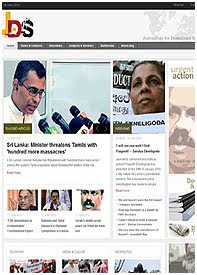

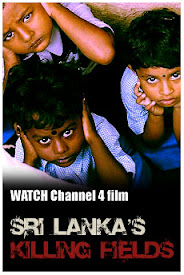

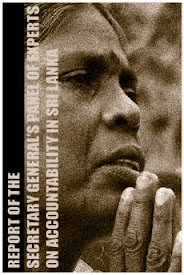



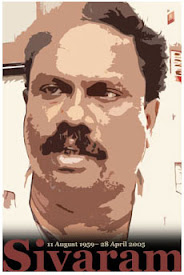

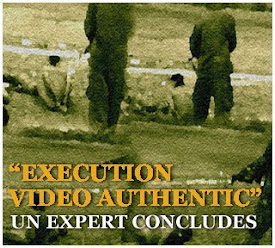

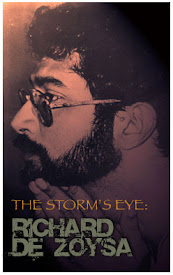

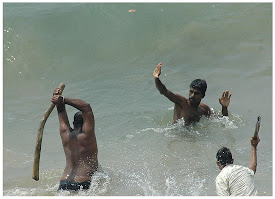
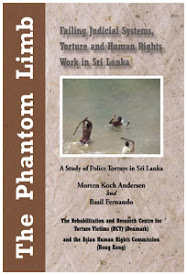
No comments:
Post a Comment